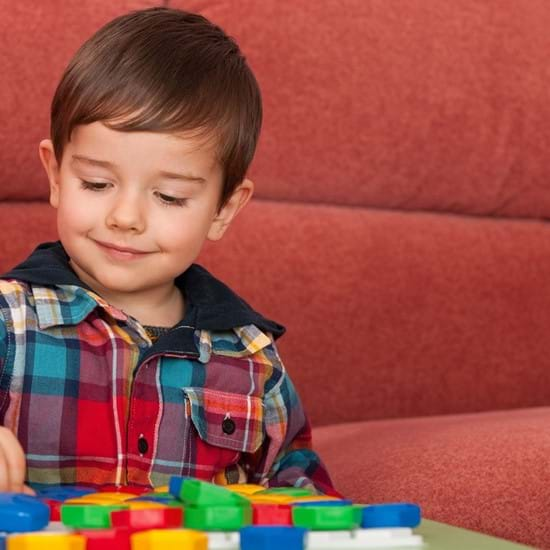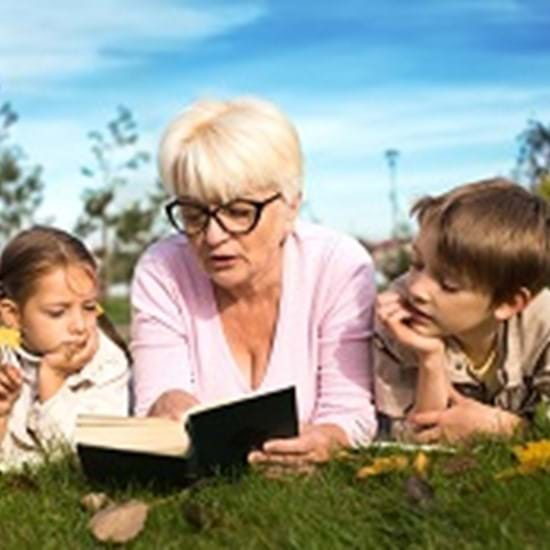
How to Help Your Child Deal With Change

Written by: Stéphanie Deslauriers
Throughout their life, children, who eventually grow up to be teenagers then adults, will have to face change and novelty. Some go through new situations rather easily, whereas others find them more stressful—and even anxiety-inducing.
Every year, children must adapt to a new classroom and a new teacher when they go back to school. After a few days of adjusting, kids usually find their bearings and are ready to engage in academic and social learning.
In the context of the current pandemic, children have had to adapt very quickly to numerous changes: stop going to school overnight, not seeing their friends on a daily basis, not going on family outings, and living with their parents and siblings under the same roof 24/7, to name a few.
How Was Lockdown for Your Child? And for You, As a Parent?
One thing’s for sure, everyone experienced lockdown differently. For some parents, not going to work during this time allowed them to spend more time with their kids and thus strengthen their family relationships. For others, the lack of professional duties was stressful both from a financial standpoint and regarding their professional identity. And for others still, balancing teleworking and family, or working in an extremely stressful and difficult environment (a HUGE thank you to all essential workers) has been the most challenging part—understandably.
But pandemic or not, no one ever knows what the future holds… This unknown, this uncertainty, is nerve-wracking for many, especially for those who are already naturally anxious due to innate characteristics (temperament or genetic) or acquired characteristics (life’s experiences, traumas, personality, observational learning).
How You Can Help Your Child Better Adapt to Changes
- Plan and prepare for foreseeable transitions
Back to school, the transition between primary and secondary school, or a planned move are all examples of foreseeable transitions. If you know a change is coming, you can inform your child of what will happen soon. Depending on your kid’s age and understanding of space and time, drawing Xs on a calendar, for example, can be helpful because it provides a visual countdown. You could also drive around to practise a new route or go explore the new environment.
- Practise
For instance, if your daughter has to learn to wash her hands more often and not touch her face, you could elaborate social stories, i.e. scenarios in which children can learn and practise the behaviours that are encouraged and those that are prohibited. Make it a playful, pleasant, and funny activity to make everything seem less scary and stressful.
- Take the time to talk about apprehensions
This way, children feel they can talk to their parents about anything, even unpleasant emotions, and that they’ll be listened to, understood and be empathized with. You could also tell your child that you have fears too and share some of your tips to face these.
Finally, it’s important to remember that judging and minimizing what children feel doesn’t help them, on the contrary. You should rather opt for an open-minded and caring approach. Also try to offer your child appropriate challenges, and go one step at a time, making sure to respect your kid’s learning speed. This type of safe environment allows children to adapt… at their own pace.


